The Unintended Comedy (and Danger) of Semi-Autonomous Cars
It was supposed to be the golden age of driving.
Cars that kept you in your lane, slowed you down before you slammed into a traffic jam, or braked automatically if you forgot that the road isn't a suggestion. A future where drivers became more like supervisors, sipping lattes while their sedans did the heavy lifting. And in many ways, that future arrived—just with a few… quirks.
Because for every successful Tesla Autopilot merge or Subaru EyeSight emergency stop, there's a tragicomic tale of a driver who placed a bit too much faith in a system designed to assist, not replace, their very human brain. This is the strange, semi-autonomous world we now live in, where cars are smarter than ever, and humans are, well, not quite keeping up.
The Case Of The Lane-Keeping System That Knew Best (But Didn't)
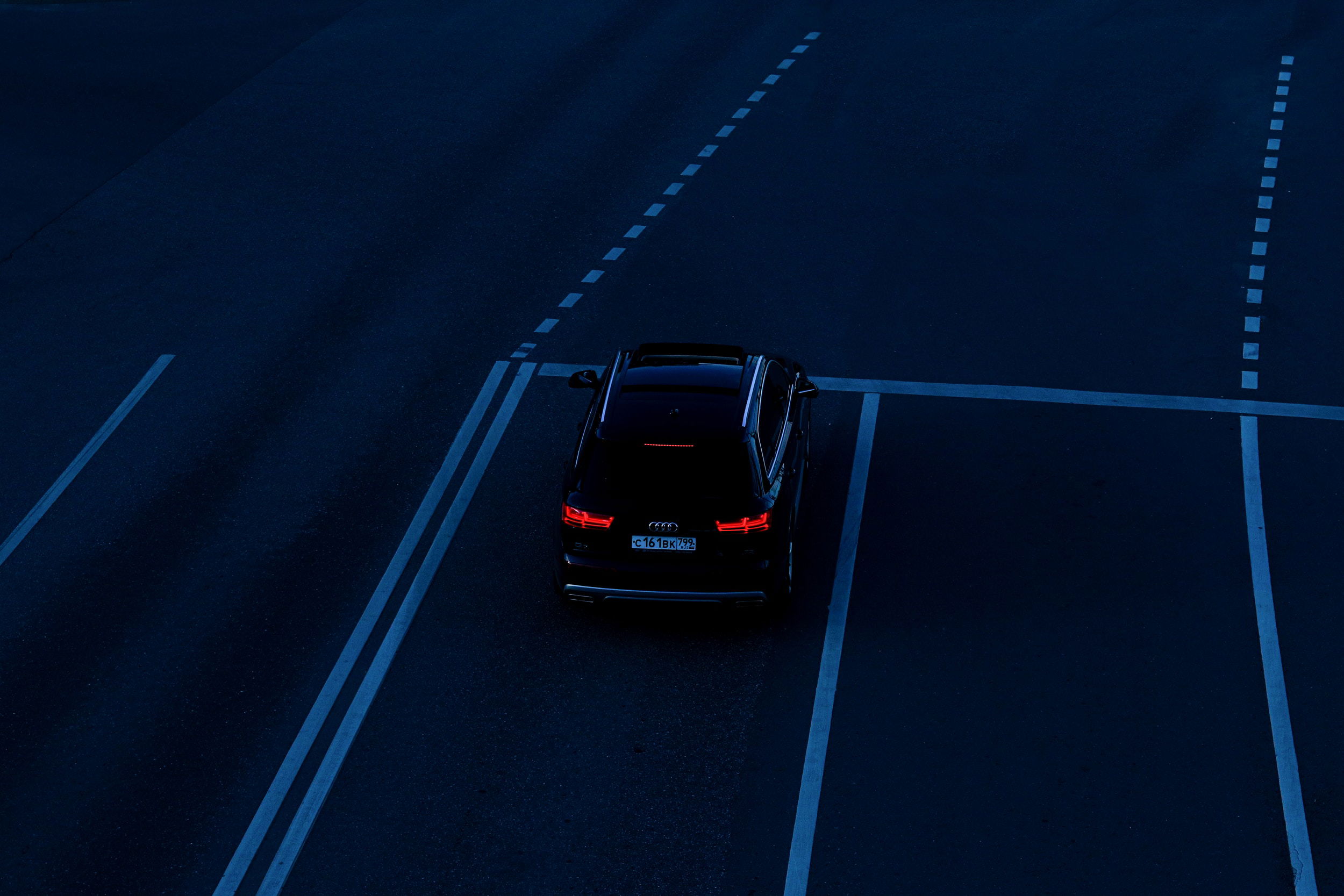
Lane-keeping assist is one of the most helpful (and occasionally irritating) modern safety features. In theory, it gently nudges your car back between the lines when you begin to drift. Think a driving instructor with electronic hands. In practice? Let’s say it’s a bit more… assertive.
One woman in Southern California reported that her 2022 Hyundai Tucson wrestled her for control on a curving mountain road. She was trying to move over slightly to avoid a cyclist, but the lane-keeping assist snapped the wheel back mid-maneuver, nearly sending her into oncoming traffic. Her reaction: “I thought the car was possessed.”
It wasn’t demonic—it was just following orders. The lane markers were solid. The cyclist wasn’t in the lane. And the AI doesn’t care if a real human is in actual danger, so long as you're technically still between the lines.
This story is hardly an isolated event.
On a Hyundai forum, a user shared that their 2020 Tucson SEL had recurring issues with the Lane Keeping Assist (LKA) system, especially when environmental conditions interfered with the front camera.
For example, the system would malfunction when there was frost on the windshield or during low-angle sunlight at sunrise or sunset. These conditions caused the LKA (along with other safety systems) to throw errors or behave unpredictably.
Another Tucson owner described how the LKA system could be overly assertive on curving roads or when lane markings were unclear, echoing the kind of “wrestling for control” feeling described by the woman from SoCal.
To temporarily disable Lane Keeping Assist (LKA) on a Hyundai Tucson:
- Press the Lane Driving Assist button (usually on the steering wheel or dashboard).
- A light on the dash will confirm it’s off.
But here’s the catch: it reactivates every time you restart the car—Hyundai designed it that way for safety reasons
If you’re looking for a more permanent workaround, some drivers explore advanced settings or dealer-level changes, but those aren’t officially supported and could affect your warranty.
Adaptive Cruise Control: Polite Until It Isn’t

Imagine you're cruising along the freeway, and your car automatically adjusts its speed to keep a safe distance from the car ahead. That’s adaptive cruise control (ACC). It sounds like magic until your vehicle decides that minivan three lanes over is suddenly a threat.
A 2021 Ford Explorer owner described the moment their SUV braked hard on the highway—for absolutely no visible reason. Turns out, the ACC system thought a semi merging onto an overpass above the road was in its lane. Brakes slammed. Coffee spilled. Horns blared. The Explorer? Utterly confident it saved a life.
Welcome to the “phantom braking” phenomenon, where your car reacts faster than your nerves, often for threats that exist only in the Matrix.
On a Ford forum, drivers described phantom braking events where the vehicle misinterpreted shadows, overpasses, or large trucks in adjacent lanes as hazards, triggering abrupt deceleration. Ford’s own documentation acknowledges that sensor misreads, due to weather, road geometry, or reflective surfaces, can cause the system to behave unexpectedly.
Emergency Braking: Hero Or Hooligan?
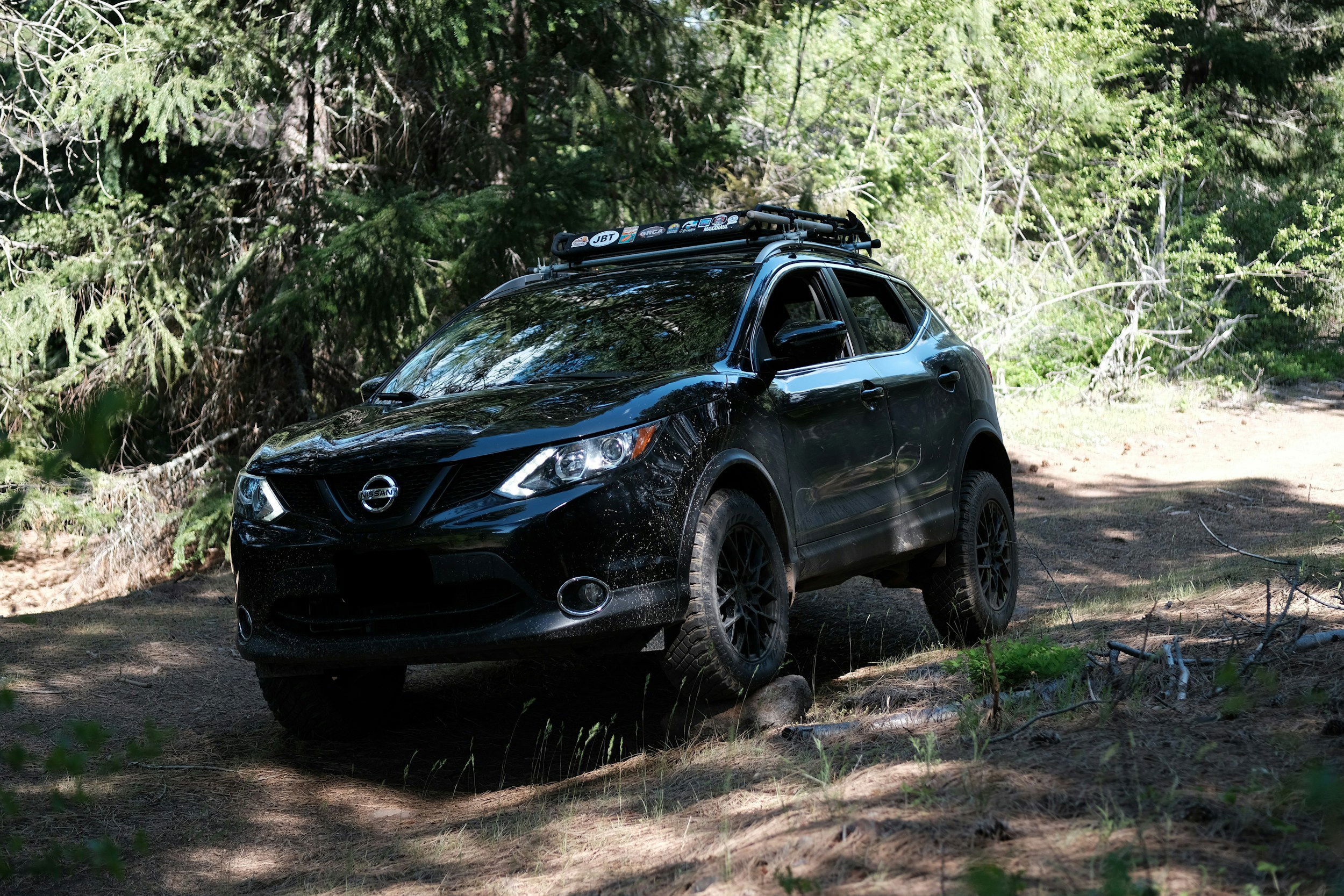
Automatic emergency braking (AEB) is responsible for preventing countless rear-end collisions, especially those caused by distracted drivers texting about how great AEB is. But every now and then, it panics.
In 2019, Nissan had to recall over 800,000 vehicles in the U.S. due to rogue AEB events. Drivers reported that their cars would stop suddenly for invisible obstacles. One man’s Altima slammed on the brakes in the middle of a busy intersection. He wasn't amused. Neither were the five honking drivers behind him.
Nissan faced widespread complaints in 2019 about its AEB system, particularly in models like the Rogue and Altima. The AEB system would sometimes activate unexpectedly, braking for phantom obstacles and creating dangerous situations.
The National Highway Traffic Safety Administration (NHTSA) opened an investigation in October 2019 into these AEB malfunctions, while Nissan launched a voluntary service campaign to reprogram the radar and driver assistance systems in affected vehicles.
By February 2021, Nissan had issued a recall affecting over 800,000 vehicles in the U.S. and Canada, citing AEB defects among other issues.
AEB’s Achilles heel? Inaccurate radar readings. A plastic bag, a patch of sunlight, or even a weirdly angled shadow can trick some systems into thinking the Grim Reaper himself is stepping into the road.
Tesla’s Autopilot: The Misunderstood Genius (Or Overhyped Intern)
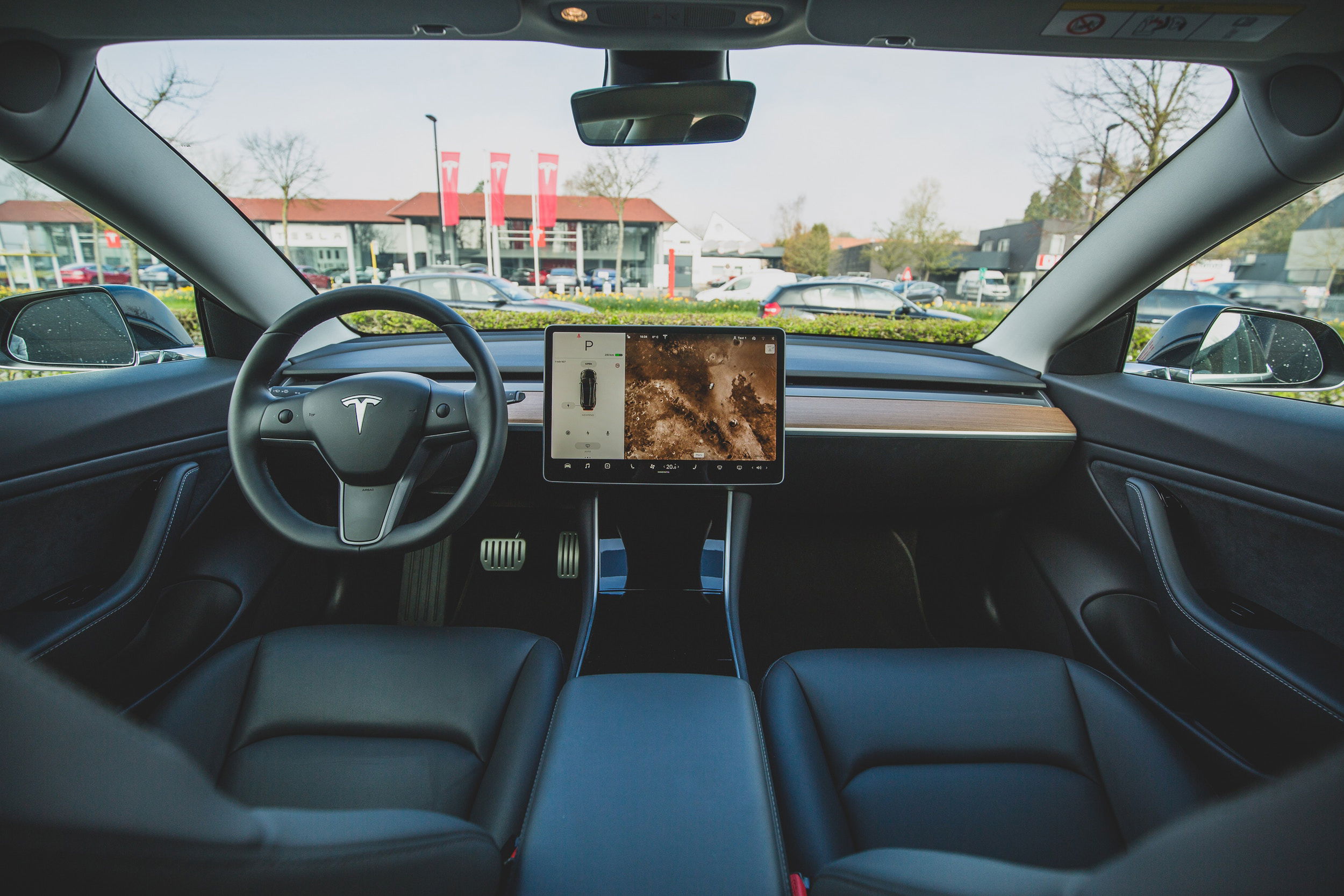
Tesla’s Autopilot might be the most famous semi-autonomous system on the market, and certainly the most controversial. Elon Musk once referred to it as “probably better than a human.” Which, depending on the human, may be true.
But Tesla drivers have developed an infamous habit: treating Autopilot like a chauffeur while they nap, text, or in one widely-shared video, sit in the back seat.
The irony is, Tesla's own manual says drivers must keep their hands on the wheel and be ready to take over at any time. So when someone crashes into a barrier because they were watching The Office reruns on their iPad while the car veered off-course, we can’t exactly blame the vehicle.
But we also can’t ignore the subtle psychological trickery of semi-autonomy: these systems work just well enough to lull us into overconfidence.
March 2025 in Toney, Alabama, a Tesla Model 3 owner named Wally was on Autopilot mode on his morning commute. Everything seemed routine—until it wasn’t.
As an oncoming car passed, Wally’s Tesla suddenly veered off the road, sideswiped a tree, and flipped over. He was paying attention and ready to intervene, but the car’s steering turned so abruptly that he had no time to react. The incident was captured on video, which left even Tesla examiners puzzled.
Wally had been using Tesla’s latest FSD version (v13.2.8 on Hardware 4) and had trusted it enough to let it drive him to work regularly. But in this case, the system appeared to misinterpret shadows or roadside objects, triggering a catastrophic overcorrection.
When Cars Don’t Let You Die (Even When You Want To)
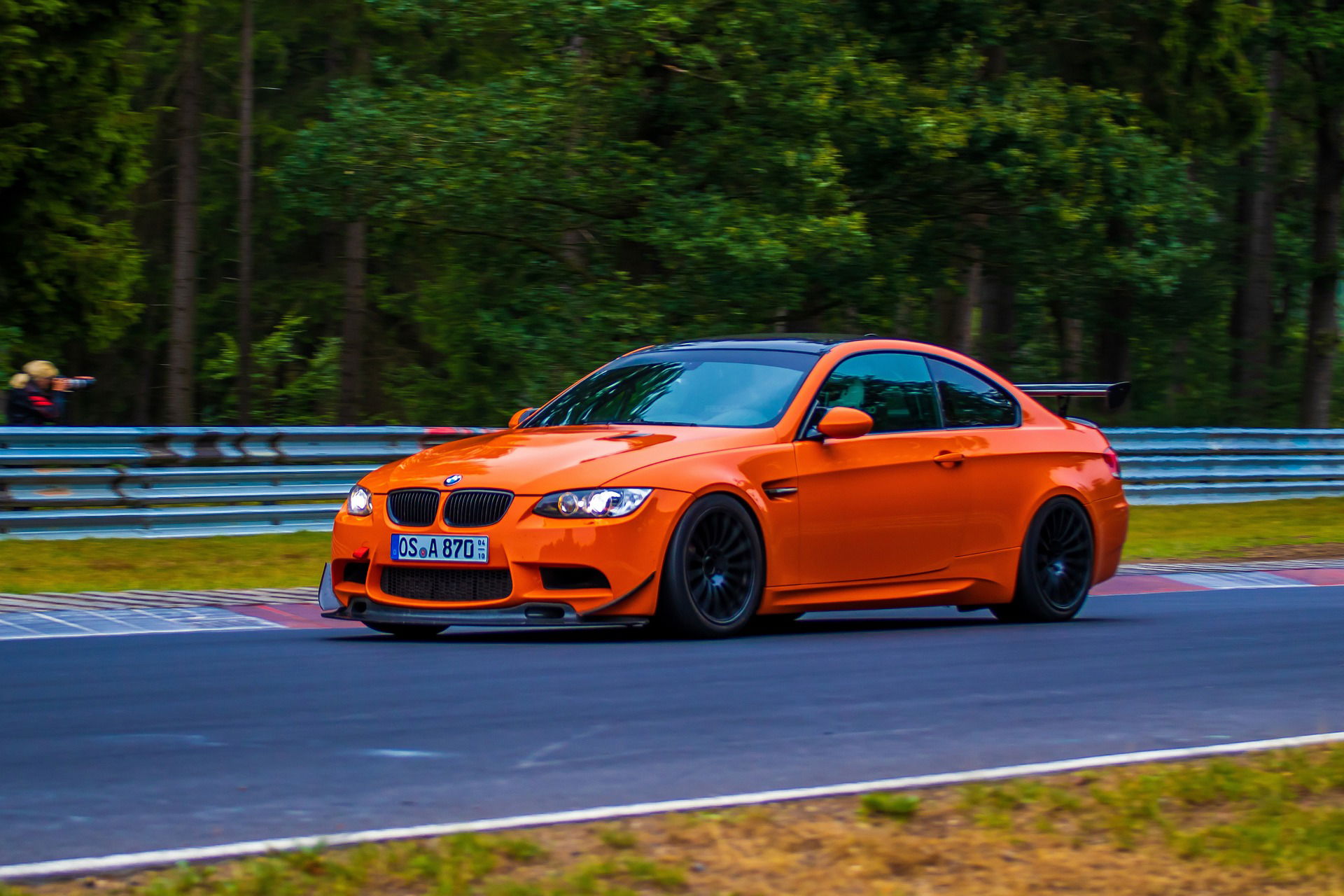
Sometimes, cars outsmart their drivers by refusing to let them drive dangerously, even when they really want to.
In one now-infamous example, a BMW driver in Europe tried to “power slide” around a corner in the rain, only to have the traction control system shut it all down mid-drift. The car straightened itself out like an overbearing mom fixing your tie on prom night.
"I paid for the M package," the driver said online, "and it won’t even let me have fun."
BMW’s traction control systems like DSC (Dynamic Stability Control) and DTC (Dynamic Traction Control) are designed to intervene when the car detects loss of traction, especially in slippery conditions like rain.
Many BMW drivers have shared similar frustrations online, particularly with M models, where even in sportier modes like MDM (M Dynamic Mode), the car may still limit oversteer or throttle input to maintain control.
How to Turn Off BMW Traction Control for Track Use
Most modern BMWs have a DSC (Dynamic Stability Control) or DTC (Dynamic Traction Control) button.
Here’s what to do:
1. Press the DSC/DTC button once.
This activates DTC mode, which allows a bit of wheel slip—ideal for sporty driving in snow or light off-roading.2. Press and hold the DSC/DTC button for 5–10 seconds.
This completely disables traction and stability control (DSC OFF). You’ll usually see a warning light or message on the dash like “DSC OFF.”3. For M models:
Use M Dynamic Mode (MDM) for a balance between fun and safety. Or hold the button to go full DSC OFF.
These digital watchdogs aren’t just stopping you from dying—they’re stopping you from living. Depending on how you define fun, anyway.
Parallel Parking Pride, Obliterated
Let's not forget the humble auto-parking feature. For many, it’s a godsend. For others, it’s an exercise in humiliation. Nothing strips away your driving dignity quite like watching your car smoothly slide into a spot you’ve just spent 10 minutes trying to conquer manually.
But even here, there’s room for failure. Several users have documented cars that attempted to parallel park into fire hydrants, pedestrians, or spaces that don’t exist. One video from the UK shows a Mercedes-Benz EQS slowly parking itself… directly into a lamppost. No humans were harmed—only egos.
In 2022, a YouTube test by RSymons RSEV saw two Tesla vehicles—a Model S and a Model 3—struggle spectacularly during a self-parking comparison against rivals like the BMW i4, Audi e-tron GT, and Ford Mustang Mach-E.
Ironically, an older pre-2017 Tesla Model S with the original Autopilot hardware performed the best of the Tesla bunch—parking quickly and cleanly.
The Tesla Model S repeatedly failed to enter a clearly marked parallel parking space. It would start the maneuver, freeze mid-process, or park awkwardly far from the curb. The Model 3 didn’t fare much better. It hesitated, misjudged the space, and required multiple attempts—each ending in a less-than-ideal position.
The BMW, Audi, and Ford completed the task smoothly on the first try. Great.
Are Cars Getting Too Smart?
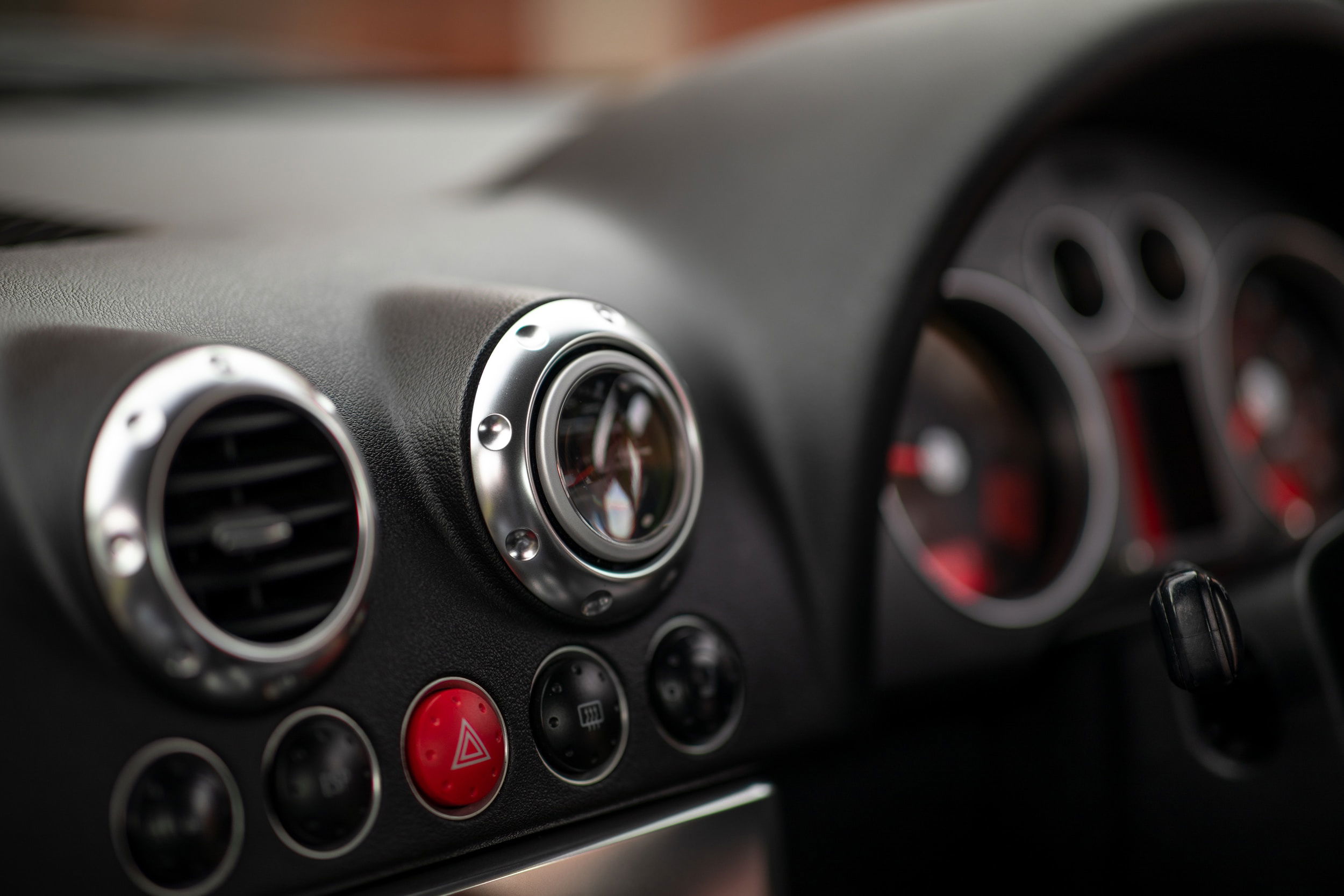
Modern safety tech is designed to anticipate danger before we do, and in many cases, it works beautifully. But there’s a razor-thin margin between assistance and overreach.
These systems aren't malicious. We just have to remember they’re just rule-following algorithms in a chaotic world full of irrational humans.
They can’t always interpret intent.
They don’t do improvisation.
They don’t drink coffee or get distracted by their ex texting "U up?" at 70 mph.
But they also don’t always understand when to bend the rules to keep a driver safe.
So, What’s the Fix?
1. Know thy tech. Most driver-assist systems have manuals thicker than a Tolstoy novel. Reading them might not be fun, but it could keep you from becoming a meme.
2. Don’t zone out. These aren’t self-driving cars. They’re just very helpful assistants. You're still the manager—don't hand over the keys to your intern.
3. Report the weirdness. If your car brakes for ghosts or thinks shadows are trucks, report it. That data helps automakers train the algorithms better (and prevents future coffee spills).
It’s Not The Cars That Are Too Smart—It’s That We’re Not Smart Enough About Them
In a way, we’ve gotten what we wished for: cars that think, react, and sometimes even argue with us. They’re saving lives and helping distracted drivers stay between the lines. But they’re also reminding us that with great automation comes great confusion.
So the next time your car jerks the wheel, pumps the brakes, or parks itself better than you ever could—maybe say thank you. Or at least pretend you meant to do that.
Because like it or not, the cars are watching.
And sometimes, they're smarter than we are.